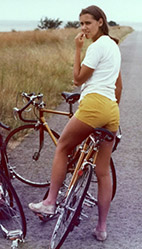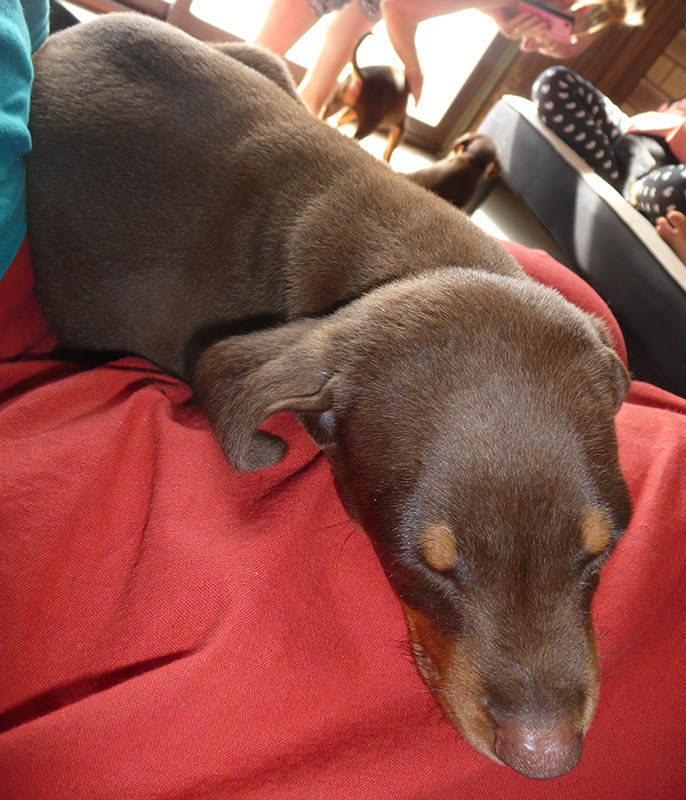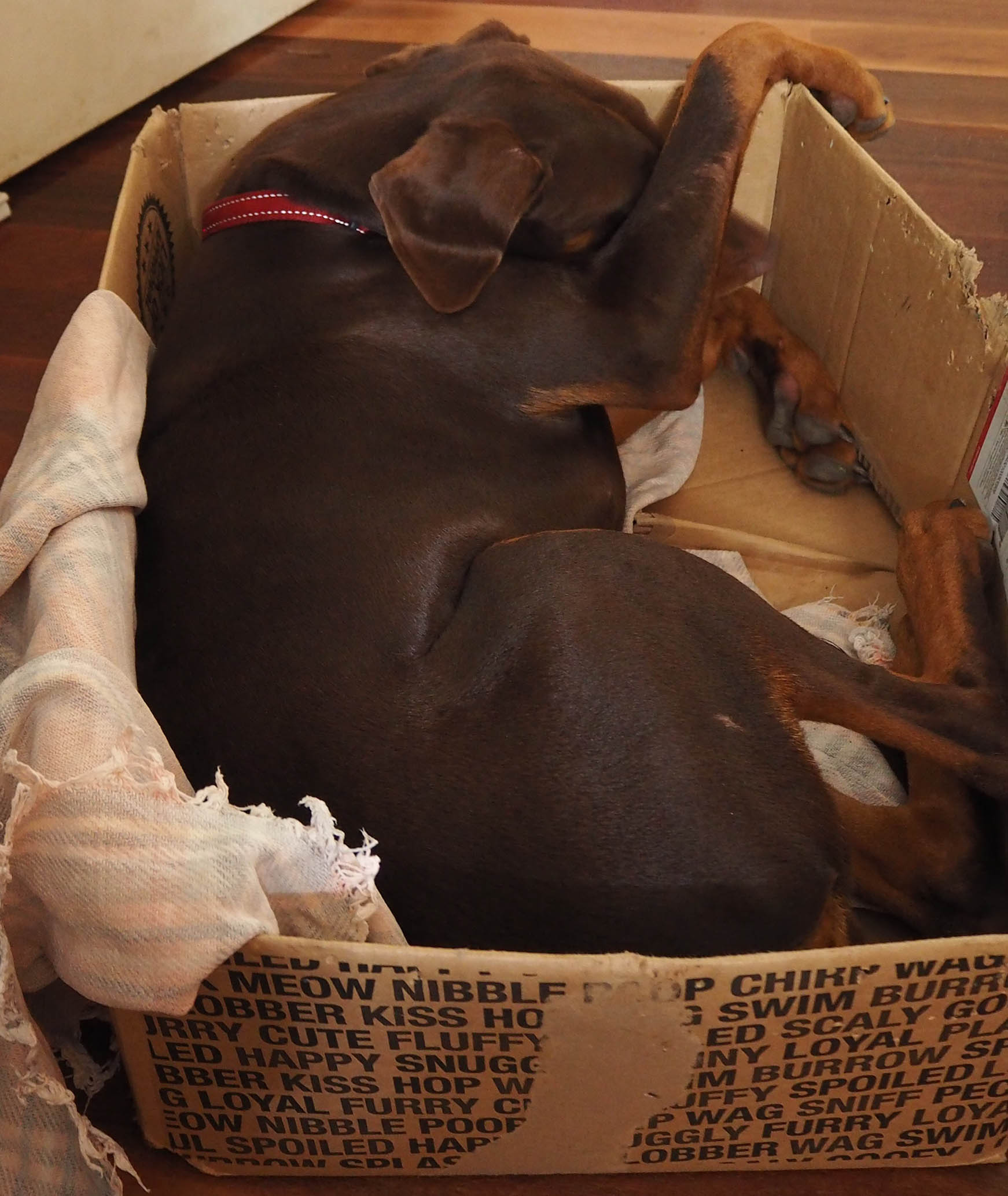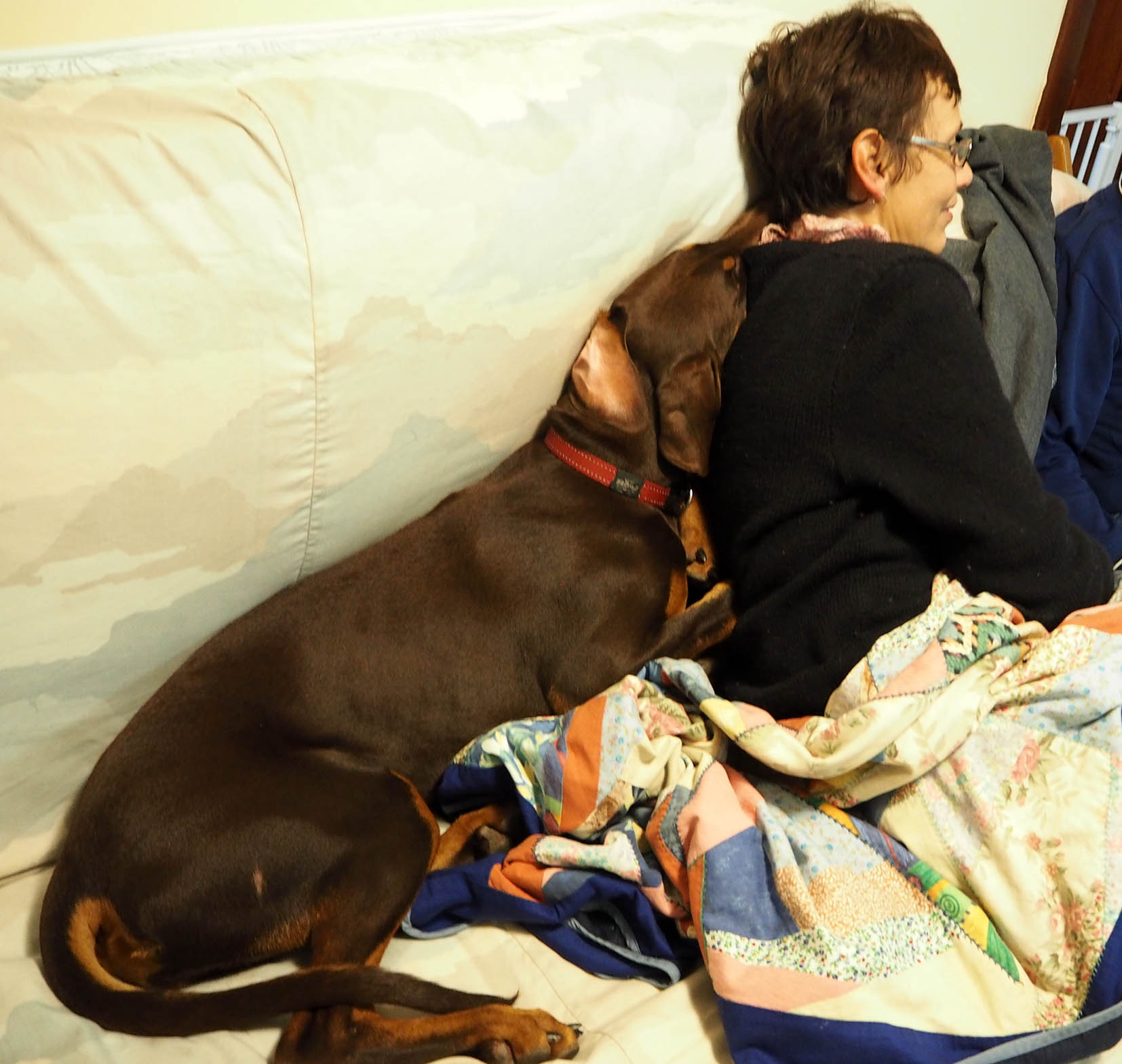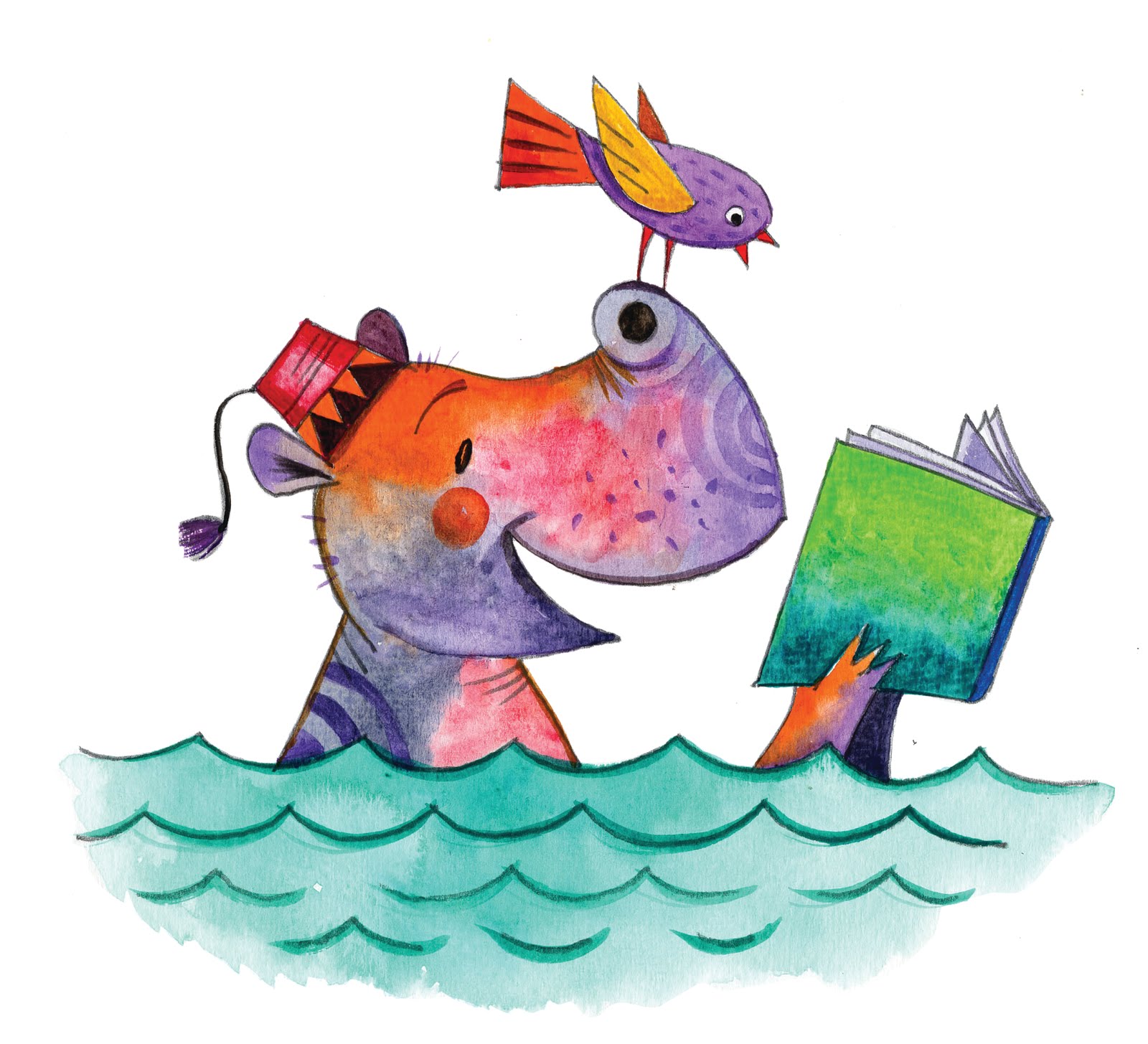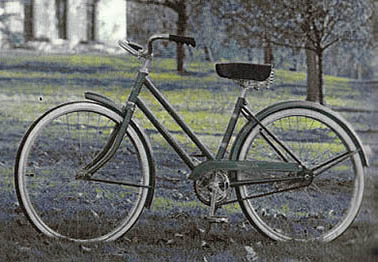 I was given my first bike when I was eight years old. It was shiny and black and a source of endless delight – not to mention unrivaled freedom. It had no gears or hand brakes, but as I didn’t know any better, neither of these were an issue. What it did have was rather nifty mudguards (soon removed for convenience and speed) and simple back-pedal (or coaster) brakes that were dead easy to use. That little Raleigh bike was my most beloved possession from the very first day, despite crashing headfirst into a hedge down the road on my initial solo attempt at riding it!
I was given my first bike when I was eight years old. It was shiny and black and a source of endless delight – not to mention unrivaled freedom. It had no gears or hand brakes, but as I didn’t know any better, neither of these were an issue. What it did have was rather nifty mudguards (soon removed for convenience and speed) and simple back-pedal (or coaster) brakes that were dead easy to use. That little Raleigh bike was my most beloved possession from the very first day, despite crashing headfirst into a hedge down the road on my initial solo attempt at riding it!
From thereon out I had any number of adventures, big and small, wherever my wheels could take me. One of the more dramatic of these adventures started out very low key. My friend Felicity and I were about 10 years old at the time and, unlike many of the youth of today, we were assumed to be both capable and independent. Parents weren’t informed of our movements, we just trotted off on our merry way. As long as we were back by dinnertime and there was no obvious damage to explain, we were left to our own devices. In this instance we had planned a trip to the local shopping centre to hunt for Christmas gifts. It was a distance of about 2.5km and we knew from experience that this took about 30 minutes on foot, about 10 minutes by trolley bus, or about 12 minutes by bicycle. Ever the staunch Scot, I opted to save the bus fare and rode my bike up the (very steep!) hill to meet Felicity as she hopped off the bus.
Some time later, after purchasing what knickknacks our pocket money could afford and enjoying an iced confection in the park, we headed for home – Felicity hanging out the back of the trolley bus and me in hot pursuit on my trusty bike. I’d grown quite a bit in the couple of years I’d had the bike and it had become a little worn in that time. My brothers had taught me to fix punctures and how to put the chain back on when it inevitably came off, but they still did the tricky things like adjusting the seat height since this involved enough physical strength to tighten the nuts and bolts. Or so I’d always assumed…
As I careered down the hill in hot pursuit of the trolley bus, laughing like crazy and taking the sorts of risks that ten year olds do, it never occurred to me that anything could go wrong. Not until the trolley bus stopped a little sooner than I expected and, when I tried to slam the brakes on by back pedaling desperately, my feet came off the pedals! The seat had tilted back rather dramatically as I applied emergency pressure on the brakes and it was pretty obvious that the saddle was, in fact, not properly secured. I was left clutching the handlebars, my behind only centimetres from the back wheel, my legs akimbo to avoid the chain and the wheels.
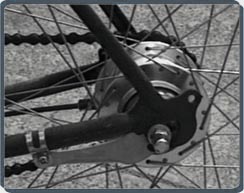 Now, the thing you need to know about back-pedal brakes is that pushing back on the pedals forces a set of brake pads to expand inside the hub on the back wheel. Friction then slows the wheel down very efficiently. The downside is that your feet actually have to be on the pedals for this to work – and there’s no backup plan if they’re not. My feet were nowhere near the pedals at this point, having slipped off when the saddle tipped backwards and tried to deposit me on the rapidly rotating back wheel. All I had was precarious balance and a grip of death on the handlebars.
Now, the thing you need to know about back-pedal brakes is that pushing back on the pedals forces a set of brake pads to expand inside the hub on the back wheel. Friction then slows the wheel down very efficiently. The downside is that your feet actually have to be on the pedals for this to work – and there’s no backup plan if they’re not. My feet were nowhere near the pedals at this point, having slipped off when the saddle tipped backwards and tried to deposit me on the rapidly rotating back wheel. All I had was precarious balance and a grip of death on the handlebars.
Felicity’s face told me that she fully expected me to slam into the back of the bus at any moment and, considering the rate at which I was bearing down on it, this seemed extremely likely. Immediate evasive action was called for and instinct took over. I swerved out from behind the bus – narrowly missing both it and the on coming station wagon, then swerved back onto my side of the road just as the bus started off again. All this time I was trying desperately (and unsuccessfully) to haul myself back onto or over the saddle so that I could get my feet back on the pedals.
I whizzed down the steepest part of the hill and into the long sweeping curve towards the intersection, hoping with every part of me that the traffic lights would be in my favour and that there would be no oncoming traffic. My luck held, the road started to level out, and my speed dropped enough for me to risk the rapid dismount. I leapt clear of my bike whilst keeping hold of the handlebars and running alongside it. It was, after all, my treasure!
We careered to a halt, narrowly missing being clipped by the bus as it trundled past, and fell into an inelegant and only slightly grazed pile right near the bus stop. Felicity made a flying exit from back of the still-moving bus and rushed to my assistance. Between us we managed to drag my bike to the verge, and then collapsed in a heap, laughing and whooping with the joy of being alive and being 10 years old and invulnerable. There being no actual damage, the parents were never the wiser – but I closely supervised any maintenance of my bike done by others after that!
Bicycles have been part of my landscape since that very first machine. I’ve had racing bikes, mountain bikes, a BMX bike, static exercise bikes and a hybrid bike. They’ve varied in colour from black to pink; silver to blue – but all (except the static bikes) have provided me with unsurpassed levels of independence, adventure and enjoyment. I still ride whenever I can – and every time I see someone else on a bike – whatever their age or gender, whether they’re wearing cutoffs or lycra, barefoot or in expensive cycle shoes – I smile. Rock on, riders, be free!

